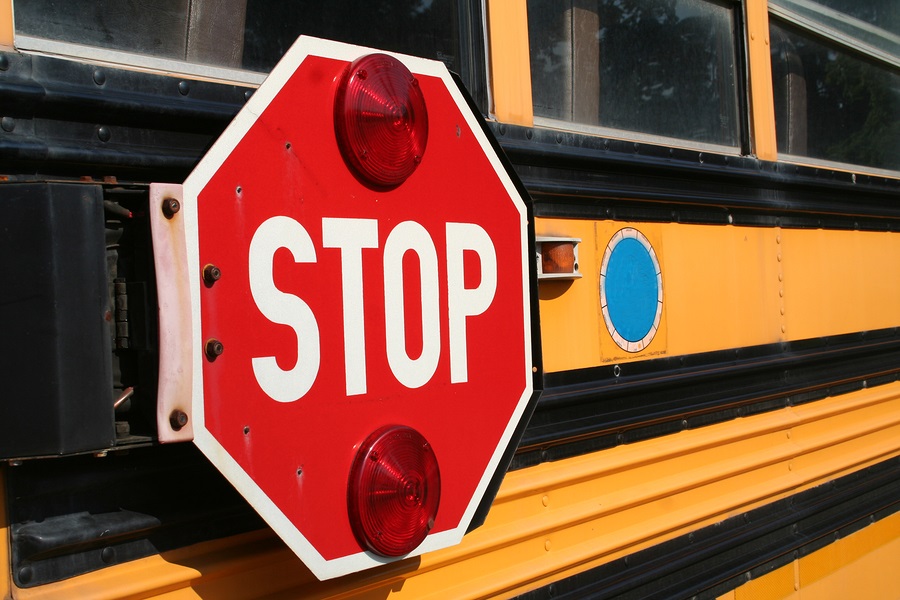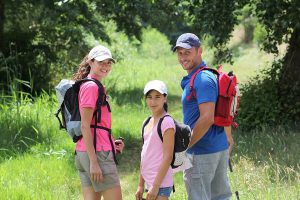

- Stand back from the curb as the bus arrives, and never run to or from the bus.
- Don’t push, shove, or yell loudly while on the bus.
- Stay in your seat during the entire ride.
- Always obey the bus driver.
- Wait for the driver’s signal before crossing the street, and always cross at least 10 feet in front of the bus.
- Don’t ever get off at a different stop.
Before the first day of school, make sure your child knows where the bus will pick him up and drop him off. For younger children, try to coordinate with other parents so there is an adult there each morning.

Determine the safest route to and from school, and practice riding it before the first day. If possible, have your child ride to and from school with others, and make sure he is well-versed on who to call and what to do in an emergency situation.

Street corners and intersections are the safest places to cross the street. Review looking both ways (“left, right, left”) with your child before stepping off the curb to walk across the street. An intersection with a crossing guard is the best place for her to cross.
Finally, remind her to never cross the street in front of a parked car. Other cars on the road might not see her if she darts into the street.


Ask your child’s school how they monitor the playground during recess. Make sure your child knows to go to the monitor on duty if he or someone else is injured. If your child has asthma or a bee sting allergy, make sure your child’s teacher has the medication he needs in case of an emergency.

If your child has a food or nut allergy, talk to her teacher before the first day of school so she knows what to do in case of an allergic reaction, and make sure the school has any medications your child might need.

Have a conversation with your child about bullying and how to treat others who might be different from him. Ask him to sign this “bullying stops here” printable pledge, and be aware of any warning signs that your child might be a victim.





